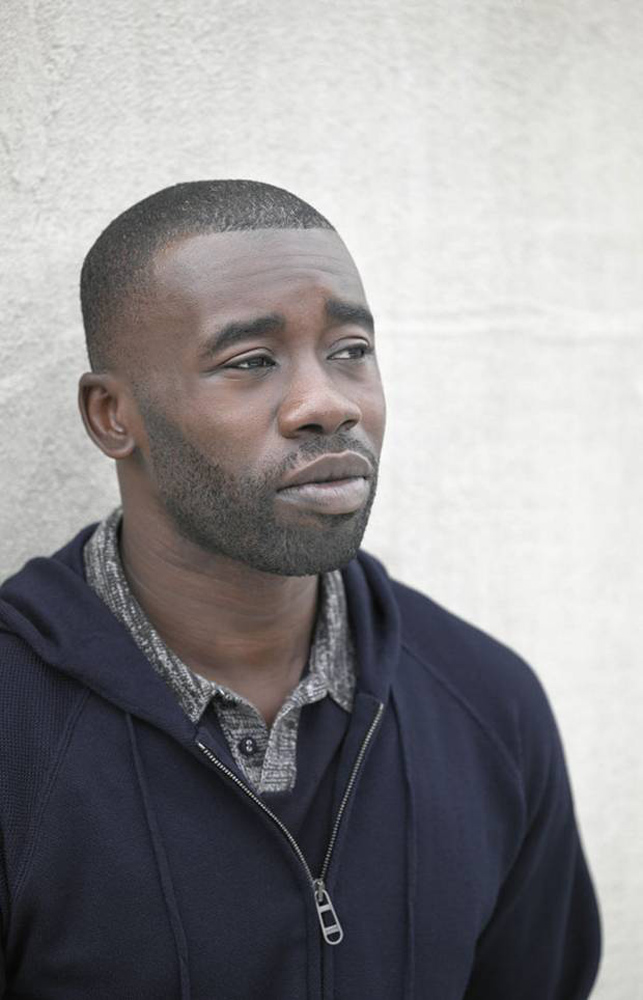Teach about Black Artists Feature: Chris Ofili

Ofili lived and worked in London for many years but now divides his time between the Caribbean, London and New York.
In 2017 he was awarded a CBE (Commander of the Most Excellent Order of the British Empire) for his services to art.
Chris Ofili Popcorn Shells 1995© Chris Ofili, courtesy the artist and Victoria Miro
Early on in his career Ofili drew attention because he used a very unusual material in his paintings: elephant dung!
When he was 23 he won a scholarship which allowed him to visit Zimbabwe in Africa. During his time there he was amazed by ancient cave paintings made from hundreds of dots. He was also intrigued by the small round elephant droppings he saw on the ground. He even managed to bring some elephant dung back with him!
The artworks he made after visiting Zimbabwe show the influence of the dotty cave paintings and the curious dung. Sometimes he stuck small balls of dung to the surface of his paintings, and often used them as little feet for his artworks to stand on. Not everyone thought that art should contain a material like this, and some people were really angry about it. What do you think?
By using a material like dung, which is usually considered worthless, Ofili makes people think about the value they attach to things.
Ofili was also heavily inspired by music, particularly hip hop and also jazz. He saw these types of music as celebrations of Black culture, saying: 'I wanted to paint things that would feel like that music'.
Ofili would sometimes cut out images of Black music stars from magazines and use them in his paintings. By doing this he was celebrating their talent and acknowledging that his artwork was linked to theirs.

Untitled (1998)
This is an artwork made up of 30 portraits of Black women. Ofili chose to present them as characters who are subtly different. He wanted to highlight the diversity of Black identities.
The miniature paintings celebrate the women's Afro hairstyles and colourful clothes.
